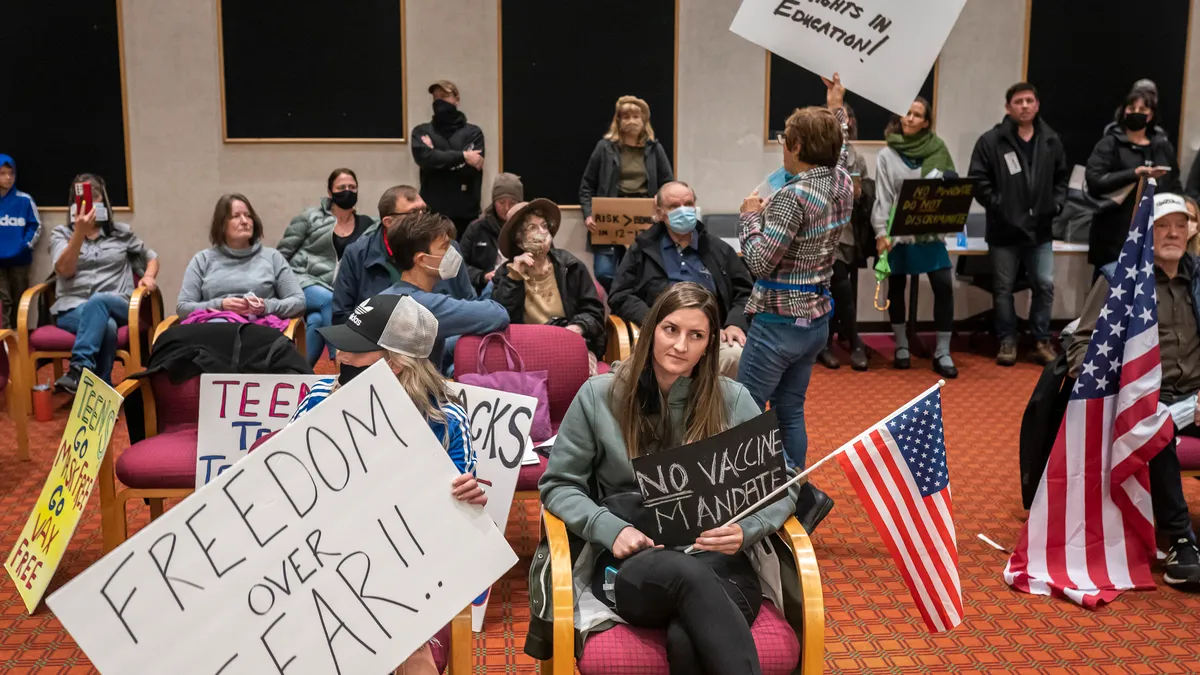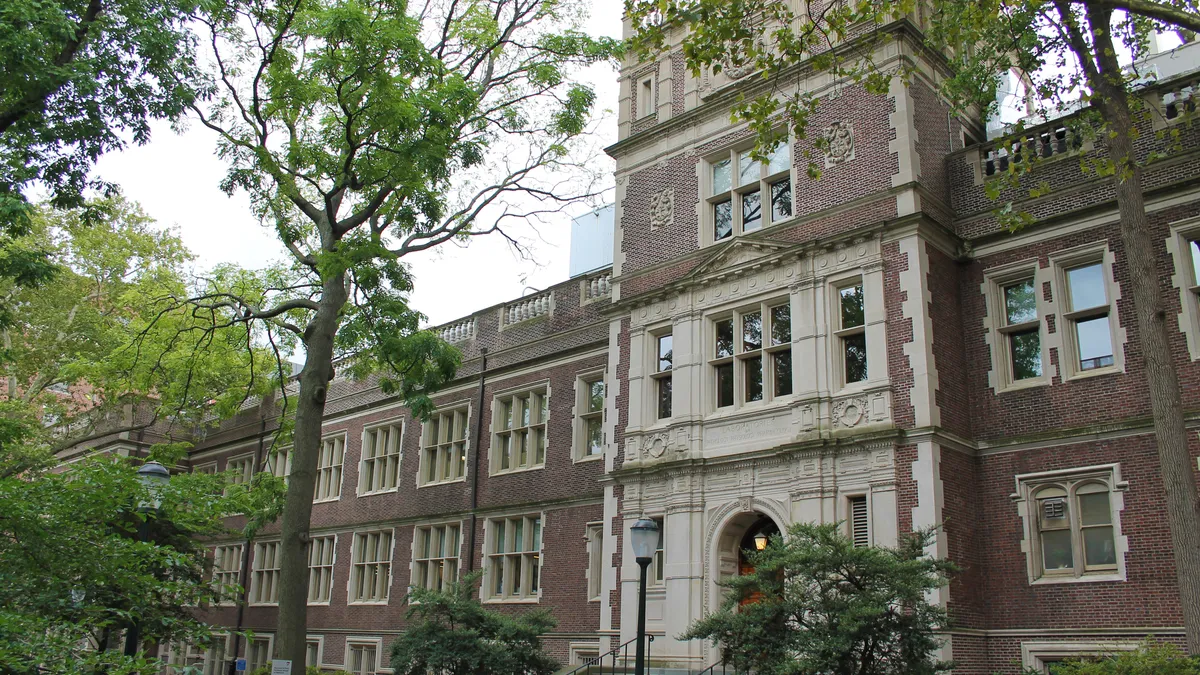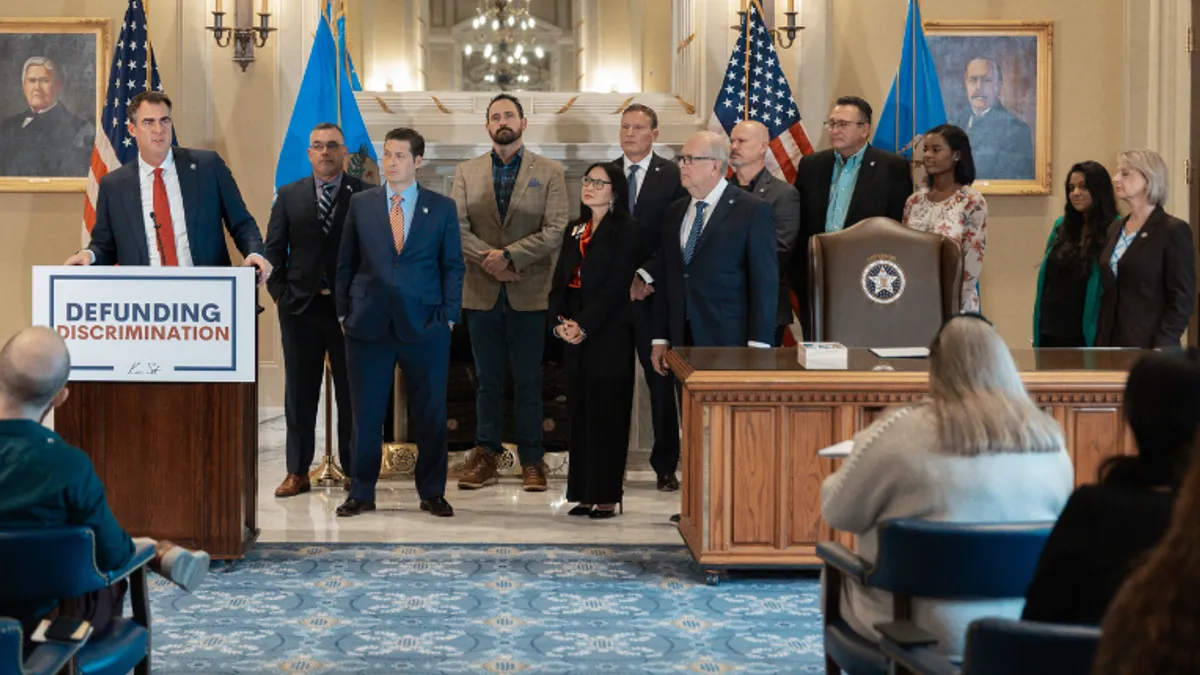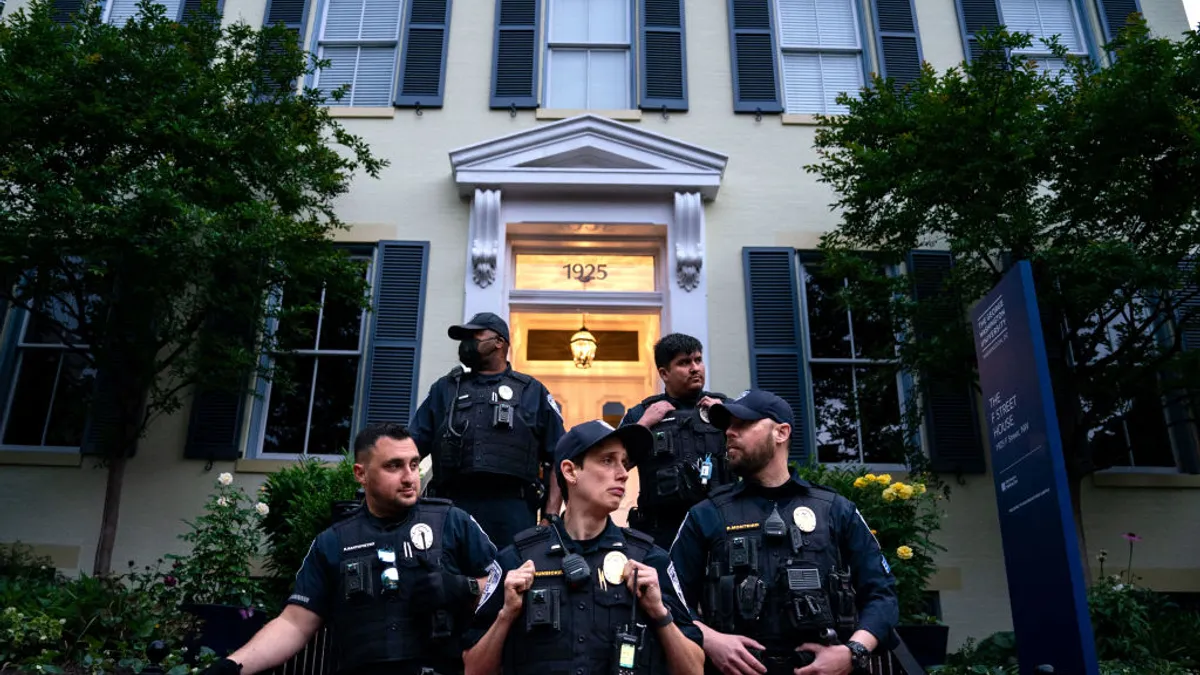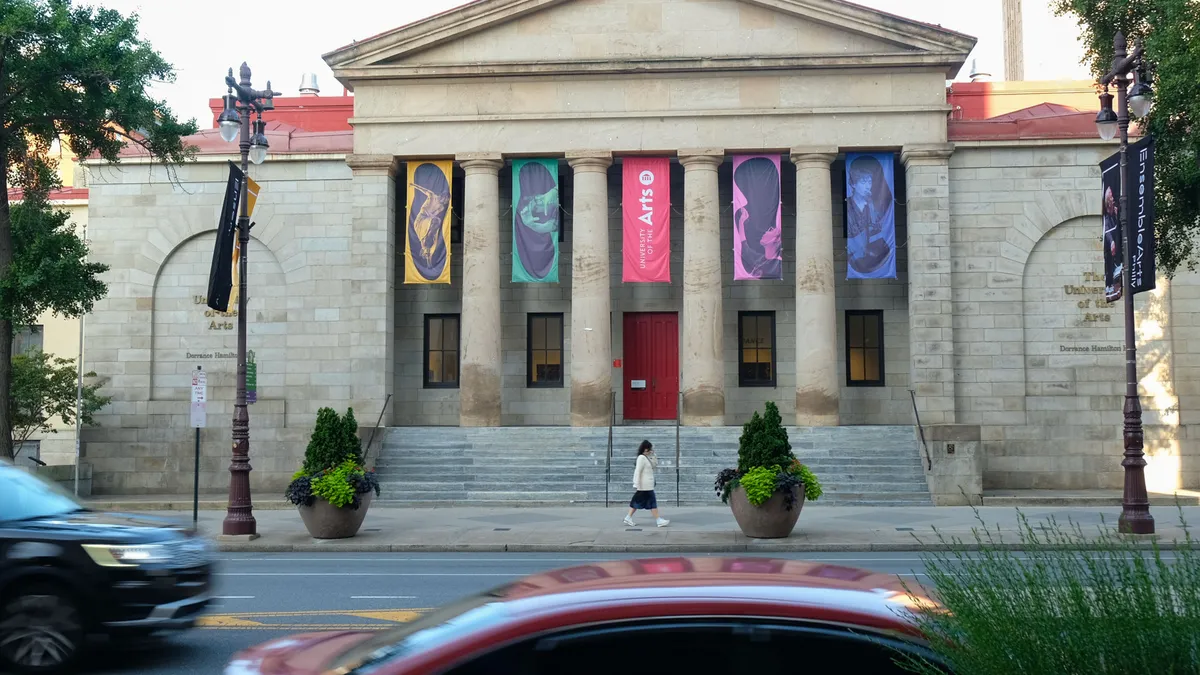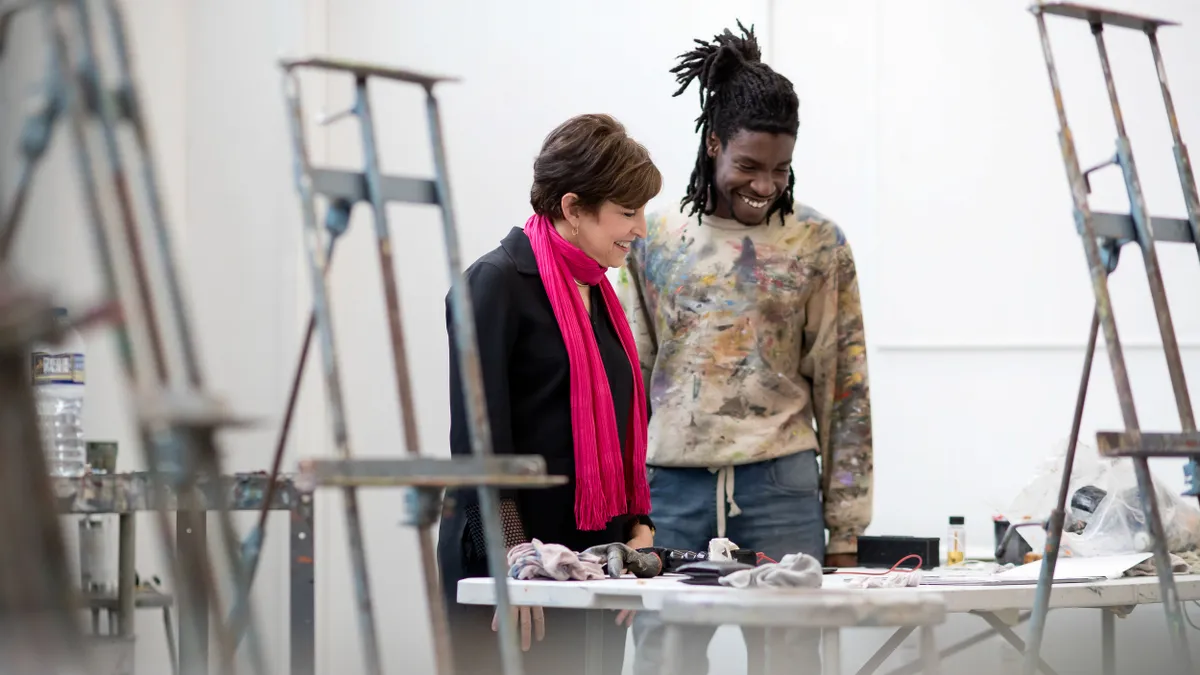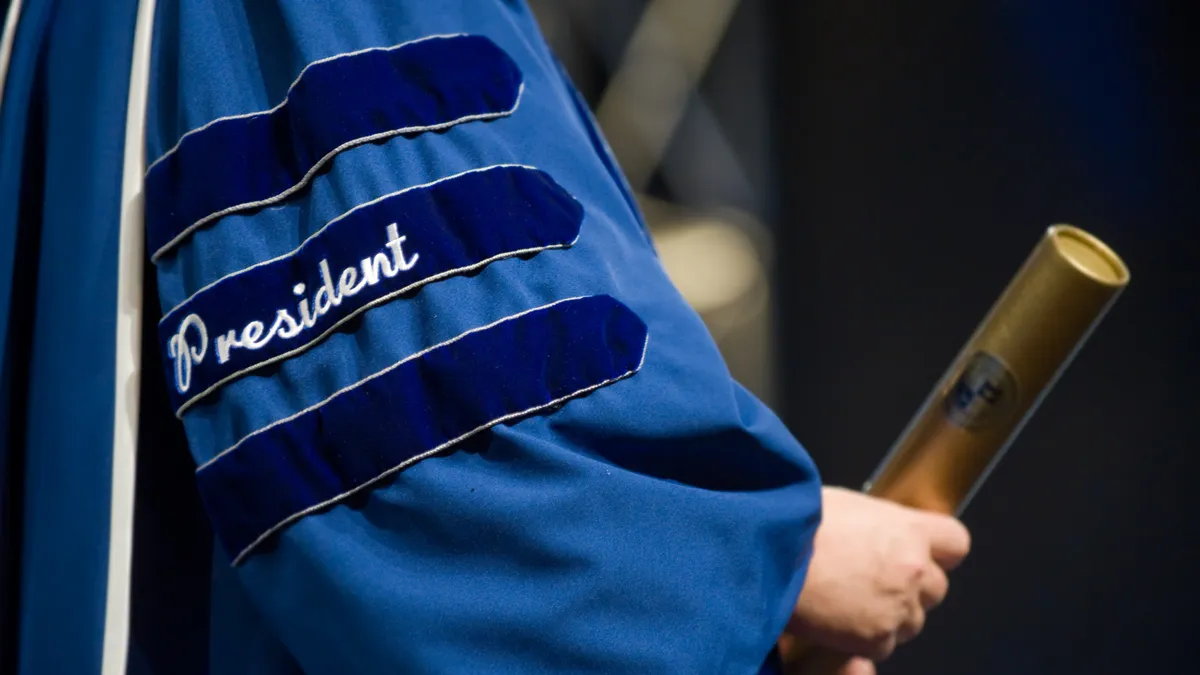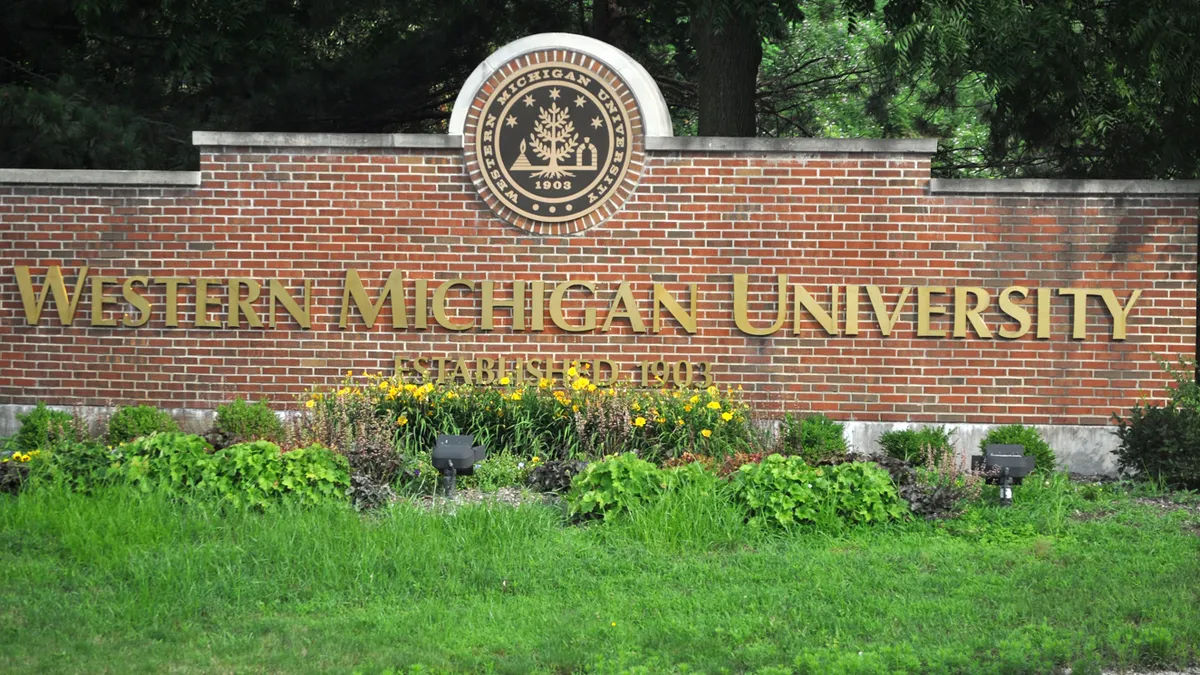Barbara Diggs-Brown is associate professor emerita in the American University School of Communication. She is the co-author of “By the Color of Our Skin: The Illusion of Integration and the Reality of Race.”
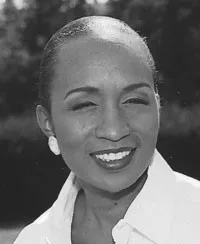
The gulf between the higher ed and K-12 sectors has always been too wide. With challenges to freedom of thought, speech and curriculum increasing, we have a unique opportunity to narrow that gap. Yet this will be a hard shift for many members of the higher ed community.
A professor at an elite East Coast college once explained that she didn’t want to hear about market forces, political pressures or the employment needs of the community.
“You have to understand … we see ourselves as the academy," she said. "We are a special place of learning that doesn’t want to bend or be influenced by these needs. We’re rooted in the classics.”
It’s a familiar thought among some faculty and grows even stronger when the issue of K-12 education comes up. Outside of college towns (which generally have exceptional public schools), there’s very little communication and strategic planning between districts and postsecondary institutions.
The problem has become especially noticeable as conservative parents go after teachers and district leaders who emphasize the importance of racial equity.
At the forefront of these efforts is Moms for Liberty, which has succeeded in getting school districts to ban books (but not all they wanted), empowered school boards to fire superintendents and has pushed to stop what they refer to as the teaching of critical race theory. They have called for bans on teaching about slavery, race and racism, and LGBTQ people and history.
Higher ed leaders are making a mistake if they think these challenges will end once the children of these mothers graduate from high school. They will, and already are, looking to influence how and what universities teach.
Higher ed’s role should be to provide greater historical understanding of the roots of such activities. Some education activists call it “Jane Crow” and say that Moms for Liberty’s foremothers were White conservative women who learned to cloak their support for White supremacy in language like parental choice and protecting children.
Inclusion advocates want Americans to recognize that one of the greatest obstacles to educational justice lies in the unconscious biases and mindsets of a large group of people involved in supporting the nation’s children — namely White women. They say just as the Jim Crow era created racial discrimination, today’s Jane Crow efforts continue to cause damage.
Their argument is that in 1960, the foremothers of Moms for Liberty tried to prevent Ruby Bridges from becoming the first Black student to integrate an elementary school in the South. Today, women employing the same rhetorical strategies are trying to prevent the grandchildren of those who fought integration from even learning about Ruby Bridges.
Higher ed also could do a better job of explaining what critical race theory is. Legal and academic professors developed it as a theory and a framework for uncovering the roots of structural racism and its enduring effects on everyday life. Too often, educators have been put on the defensive about critical race theory's origins; supporters must continue to explain its value and why they think it’s needed.
Political scientists on campuses would be wise to examine the counter-movement to Moms for Liberty, with groups such as Support Our Schools springing up to organize parents to defend inclusive curriculums and school board officials who support inclusiveness.
Through the years, I’ve conducted many dozens of focus groups and polls asking people about their views of K–12 education. The research has involved Black, White, Latino, urban, suburban and rural parents and even studies with parents from the African island of Cape Verde.
The big, universal finding: All parents express their desire for their children to have the best education possible.
It’s then imperative for higher education advocates, researchers and leaders to better understand how we’ve gotten so off the rails in this country.
Scientists tell us the genetic variation from person to person is very minor; the average DNA differences amount to about 0.1%. Yet it’s that 0.1% difference that humans hate others over, create prejudices over and, tragically, sometimes go to war over.
Higher ed boards, presidents, faculty, students and alumni have a right and a reason to speak up. Otherwise, anti-education forces will get the last word and they’ll use the cloaked language of well-meaning White women to do it.


